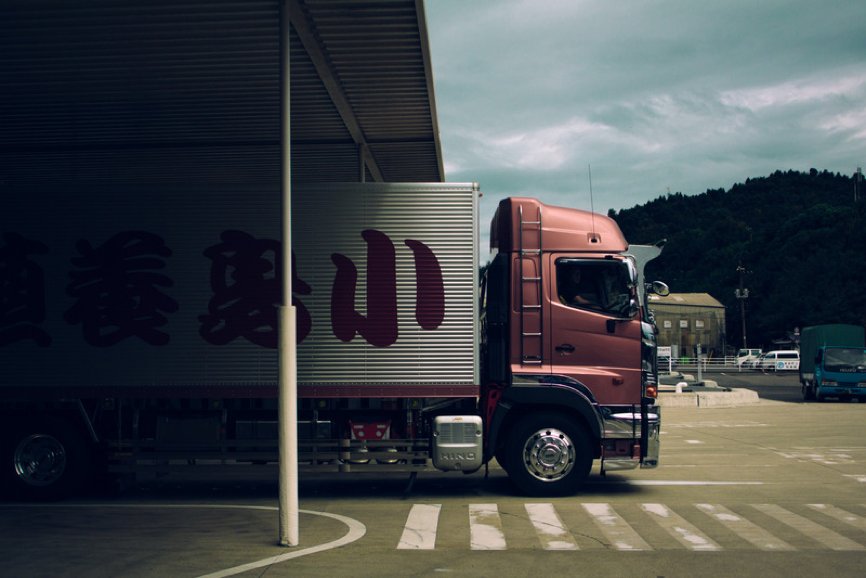
This century’s boom in technology has revolutionized seemingly all aspects of everyday life. It has gone well beyond our computers and cell phones. Now, our vacuum cleaners, thermostats, and even our dog’s collars can be connected to the internet to make our lives easier and more automated. However, nothing seems to be gaining more excitement than the automation of vehicles. Technological advancements are reducing accidents and making driving safer, more comfortable and convenient.
But if you are a truck driver, the automation of vehicles may seem like a cause for concern. You may be worried what the rise of self-driving trucks could mean for your industry, or more specifically, your job. Recently, Goldman Sachs released the prediction, “as autonomous vehicle technology peaks, as many as 25,000 trucker jobs could be eliminated per month or about 300,000 annually.”
This sounds like a concerning prediction at first, but upon a closer look, this statement is quite vague. We are decades away from any peak in autonomous vehicle technology. In fact, vehicle automation has just begun. For now, the primary focus of automation in the trucking industry comes in the form of “platooning,” which should put all drivers at ease once they learn about it.
Platooning
Platooning is legal, digital tailgating among trucks that will decrease accidents and reduce fuel consumption among trucks. It works by linking trucks to one another using short-range wireless connections. This allows the trucks to drive closely to one another to utilize an aerodynamic benefit. The wireless connection comes into play by allowing the trailing trucks to automatically brake when the front truck slows down, as to avoid rear-end collisions.
This technology will be invaluable to fleets. Platooning has the potential to reduce fuel consumption by 5-20 percent. Additionally, the automation comes with safety technology that will help truckers stay safe on the road, including lane-keep assist, adaptive cruise control, and air brakes. As a bonus, platooning technology would not even require fleets to purchase new trucks or costly equipment. As a recent panel discussion, Michael Roeth, executive director of the North American Council for Freight Efficiency (NACFE), discussed how everything you would need for platooning is already in most trucks.
“Safety equipment like automatic braking and lane keeping are options fleets can buy on their trucks, and they are being bought on a pretty high scale with no regulations requiring them. A lot of the technology that is required to platoon two trucks is already on the truck. Now we just have to figure out how to handle the vehicle-to-vehicle communication.”
Trials of platooning are happening now across the world with hopes of commercial operations beginning as soon as 2019 in the U.S. However, more realistically, platooning will not be the norm until 2030.
Will Vehicle Automation Lead to Job Cuts?
While platooning will be a large advancement in trucking technology, it is nowhere near the self-driving cars we imagine when we think of vehicle automation. In fact, platooning will still require a high level of driver readiness. An alert and active driver will still be needed to operate each truck as they typically would, and the platooning safety features will only work to assist a driver.
This is great news for truck drivers across the world. Not only will trucking automation not cost them their careers, but it will make their jobs easier, safer, and better for the environment.
The Future of Trucking Technology
If you are still worried about vehicle automation claiming your job down the road, a recent study by the American Center of Mobility offers some comforting words on the subject.
“Automated vehicle technology could incorrectly be viewed as a change that will eliminate driving jobs; however, the more nuanced assessment is that over the next decade, the innovation will foster broader societal changes resulting in shifts in the workplace and workforce demands.”
This means there is nothing to fear when it comes to the vehicle automation. While it may change the way you do your job and change the landscape of the trucking industry as a whole, it will not soon result in truck drivers becoming obsolete. In fact, it is just the opposite. This new technology will mean that more jobs are created, and there will be more opportunities to grow your career and education in trucking.
As the trucker deficit continues, drivers are still in high demand across the country. And with new technology rolling out, now is an exciting time to get into the trucking industry. Don’t let the new automation advances scare you; instead, let them inspire you to grow in your career.
Are you looking to grow your career in the commercial trucking industry? Let Mission Financial help you with your financing needs and get you behind the wheel in no time.


